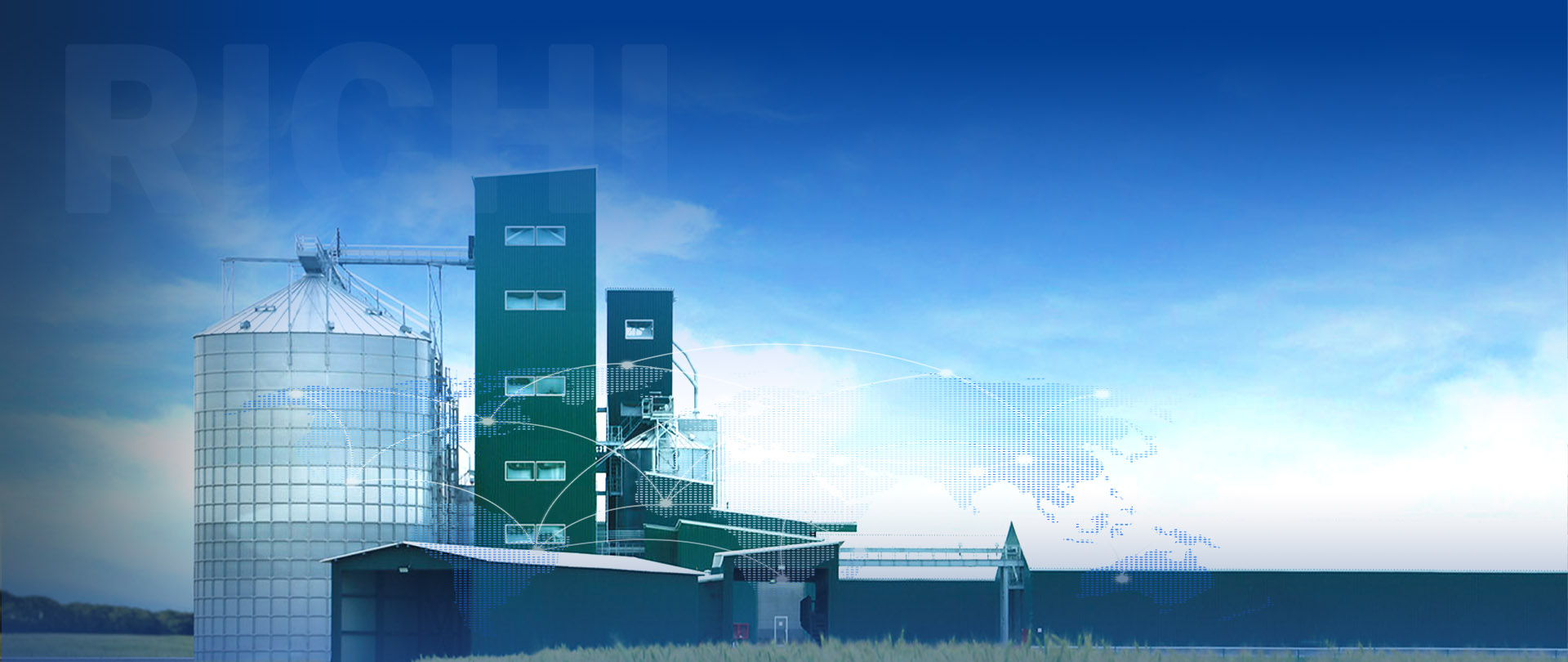Establishing a 20-30 tons per hour (t/h) animal feed processing plant represents a significant investment in the agricultural industry. While the total investment encompasses various components, equipment costs form a substantial portion of the overall expenditure. This article explores the proportion of equipment costs in relation to the total investment for a 20-30 t/h animal feed processing plant and discusses factors that influence this ratio.
Typical Investment Breakdown
The total investment for a 20-30 t/h animal feed processing plant can be broadly categorized into the following components:
- Equipment costs
- Building and infrastructure
- Land acquisition
- Installation and commissioning
- Working capital
- Permits and licenses
- Consulting and project management
Equipment Cost PercentageFor a 20-30 t/h animal feed processing plant, equipment costs typically account for 50-60% of the total investment. This percentage can vary based on several factors, but it generally represents the largest single component of the overall investment.Breakdown of Equipment CostsThe equipment required for a 20-30 t/h animal feed processing plant includes:
- Raw material handling equipment (15-20% of equipment costs)
- Silos and storage bins
- Conveyors and elevators
- Weighing and batching systems
- Grinding equipment (10-15% of equipment costs)
- Hammer mills
- Roller mills
- Mixing equipment (10-15% of equipment costs)
- Horizontal or vertical mixers
- Pelleting equipment (25-30% of equipment costs)
- Conditioners
- Pellet mills
- Coolers
- Packaging and storage equipment (10-15% of equipment costs)
- Bagging machines
- Palletizers
- Finished product storage bins
- Auxiliary equipment (10-15% of equipment costs)
- Dust collection systems
- Boilers for steam generation
- Electrical control systems
Factors Influencing Equipment Cost Percentage
Several factors can influence the proportion of equipment costs in the total investment:
- Level of Automation
Higher levels of automation generally increase the equipment cost percentage. Advanced automated systems, while more expensive initially, can lead to reduced labor costs and increased efficiency in the long run. - Quality of Equipment
Opting for high-quality, premium brand equipment will increase the equipment cost percentage. However, this often results in better reliability, efficiency, and longevity of the plant. - Customization Requirements
Customized equipment to meet specific production needs or local regulations can increase the equipment cost percentage. - New vs. Used Equipment
Choosing used or refurbished equipment can lower the equipment cost percentage, but this may come with increased maintenance costs and reduced efficiency. - Plant Location
The location of the plant can affect equipment costs due to shipping and import duties, potentially altering the equipment cost percentage. - Scale of Production
While a 20-30 t/h plant is already large-scale, variations within this range can affect the equipment cost percentage. Generally, as the scale increases, the equipment cost percentage may slightly decrease due to economies of scale. - Building and Infrastructure Costs
The cost of constructing or modifying buildings to house the equipment can vary significantly based on location and local construction costs. Higher building costs can reduce the equipment cost percentage in relation to total investment. - Land Costs
In areas with high land prices, the cost of land acquisition can form a larger portion of the total investment, thereby reducing the equipment cost percentage.
Comparative Analysis
To provide context, let’s compare the equipment cost percentage for different scales of animal feed pellet plants:
- Small-scale plant (1-5 t/h): Equipment costs may account for 40-50% of total investment
- Medium-scale plant (10-15 t/h): Equipment costs typically represent 45-55% of total investment
- Large-scale plant (20-30 t/h): Equipment costs usually account for 50-60% of total investment
- Very large-scale plant (50+ t/h): Equipment costs may represent 55-65% of total investment
This trend shows that as the scale of the plant increases, the equipment cost percentage tends to increase as well, due to the need for more sophisticated and higher-capacity machinery.Case StudyConsider a hypothetical 25 t/h animal feed processing plant with the following investment breakdown:Total Investment: $10,000,000
- Equipment costs: $5,500,000 (55%)
- Building and infrastructure: $2,000,000 (20%)
- Land acquisition: $1,000,000 (10%)
- Installation and commissioning: $800,000 (8%)
- Working capital: $400,000 (4%)
- Permits and licenses: $100,000 (1%)
- Consulting and project management: $200,000 (2%)
In this case, the equipment costs account for 55% of the total investment, aligning with the typical range for a plant of this scale.Importance of Balanced InvestmentWhile equipment costs form a significant portion of the total investment, it’s crucial to maintain a balanced approach to investment allocation. Underspending on equipment may lead to inefficiencies and quality issues, while overspending may strain financial resources and affect other critical aspects of the project.Strategies for Optimizing Equipment Costs
- Thorough Planning: Conduct comprehensive planning to accurately determine equipment needs and avoid over-specification.
- Vendor Negotiations: Negotiate with multiple equipment vendors to secure the best prices without compromising on quality.
- Phased Implementation: Consider a phased approach to equipment acquisition, starting with essential components and adding others as the business grows.
- Energy Efficiency: Invest in energy-efficient equipment to reduce long-term operational costs.
- Maintenance Planning: Factor in long-term maintenance costs when selecting equipment to optimize the total cost of ownership.
Conclusion
For a 20-30 t/h animal feed processing plant, equipment costs typically account for 50-60% of the total investment. This significant proportion underscores the importance of careful equipment selection and investment planning. While it may be tempting to reduce this percentage by opting for cheaper alternatives, it’s crucial to consider the long-term implications on efficiency, product quality, and operational costs.
Investors and project planners should conduct thorough cost-benefit analyses, considering not just the initial equipment costs but also factors like energy efficiency, maintenance requirements, and expected lifespan. By striking the right balance between equipment investment and other project components, feed mill operators can ensure the long-term success and profitability of their 20-30 t/h animal feed processing plant.
For details please contact: pellet line for sale
WhatsApp:86 138 3838 9622
Email:enquiry@richipelletmachine.com










